Optimal Seasons for Masonry Installation
Masonry installation services are most effective during specific seasons to ensure optimal results. The ideal time depends on climate conditions, temperature, and humidity levels, which influence the curing process and durability of masonry structures.
Spring offers moderate temperatures and lower humidity, making it suitable for masonry work. It allows sufficient curing time before summer heat or winter cold sets in.
Summer provides warm, dry conditions that facilitate proper setting and curing. However, extreme heat may require additional precautions to prevent cracking.
Fall is ideal due to cooler temperatures and less rainfall, reducing delays and ensuring good curing conditions before winter.
Winter is generally less suitable because cold temperatures can hinder curing and cause freezing issues. Special precautions are necessary if work is done in colder months.

Masonry projects in spring benefit from moderate weather, promoting strong adhesion and curing.
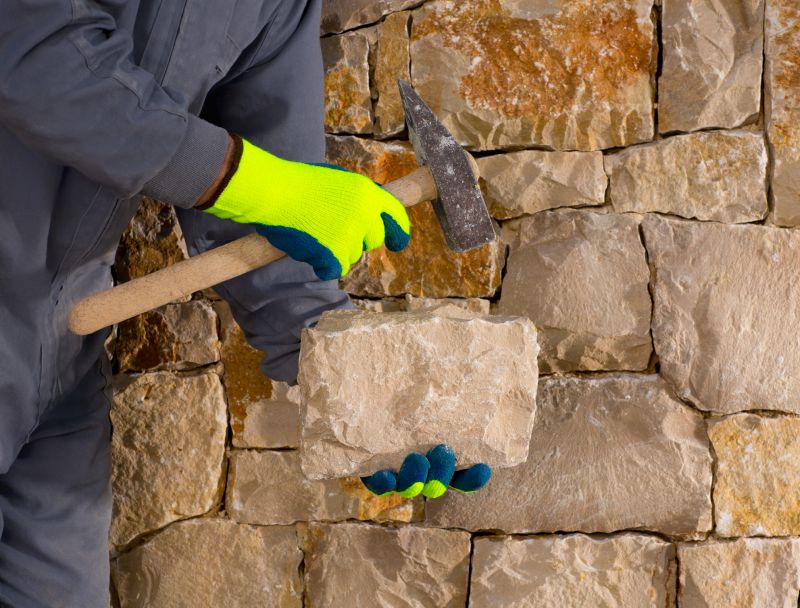
Summer conditions support quick setting, but precautions against heat stress are recommended.
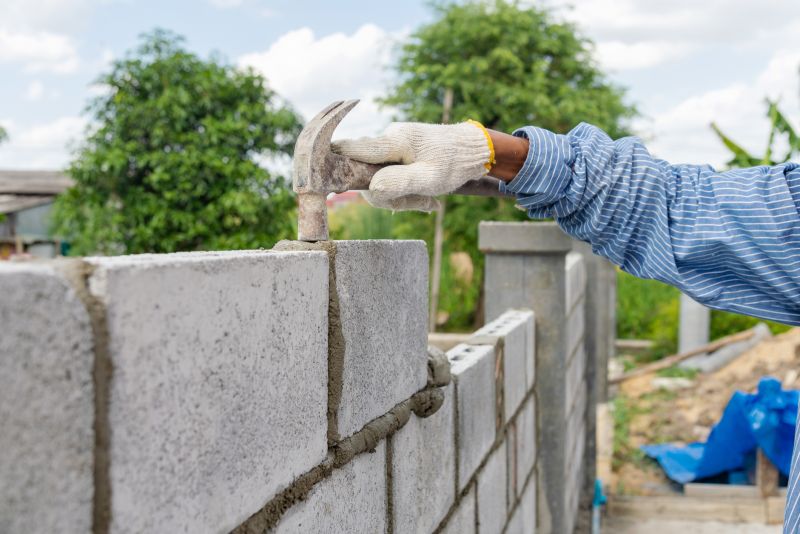
Fall provides ideal conditions with cooler temperatures and less rain for masonry installation.
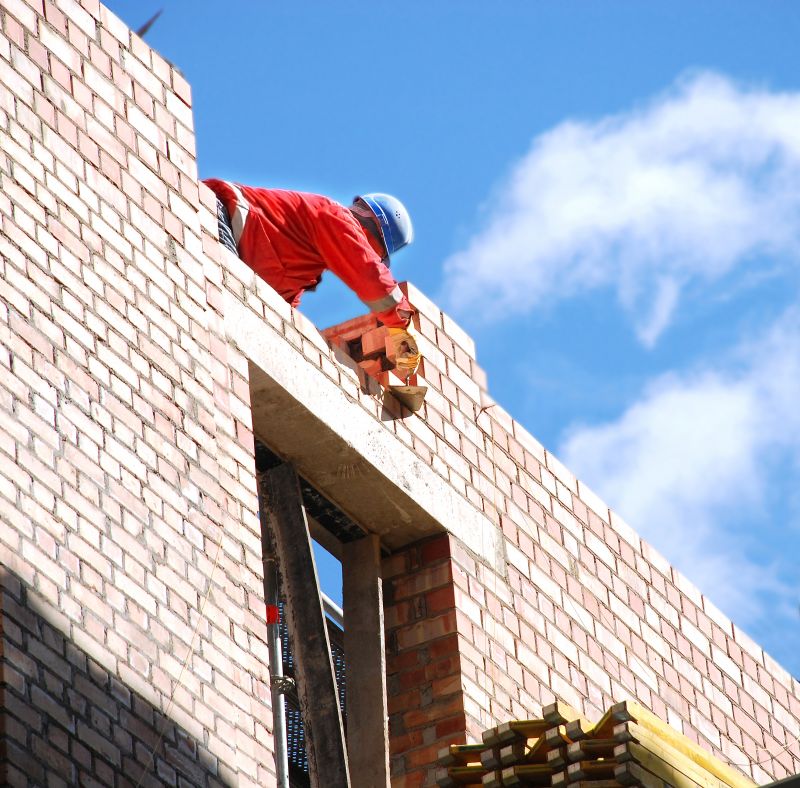
Winter masonry work requires special techniques to prevent freezing and ensure proper curing.
Masonry installation involves constructing structures using materials such as brick, stone, or concrete blocks. Proper timing ensures that materials cure correctly, which impacts the longevity and structural integrity of the finished work. Factors like temperature, humidity, and weather conditions significantly influence the quality of masonry projects.
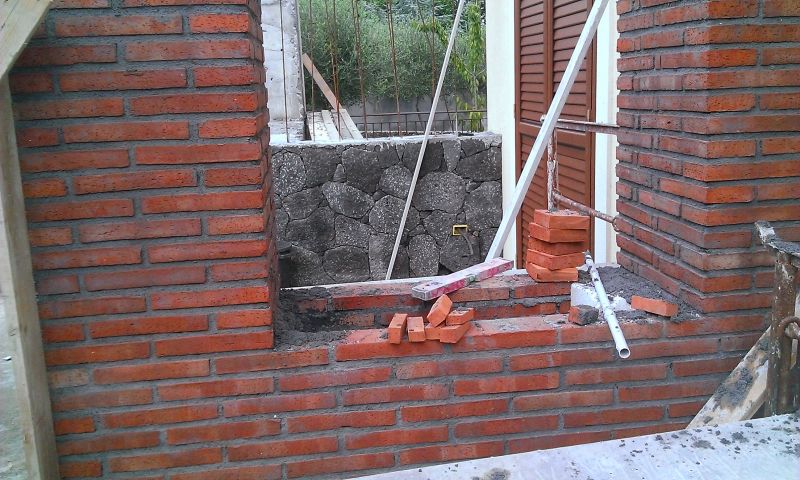
Construction of a brick wall during favorable weather conditions.
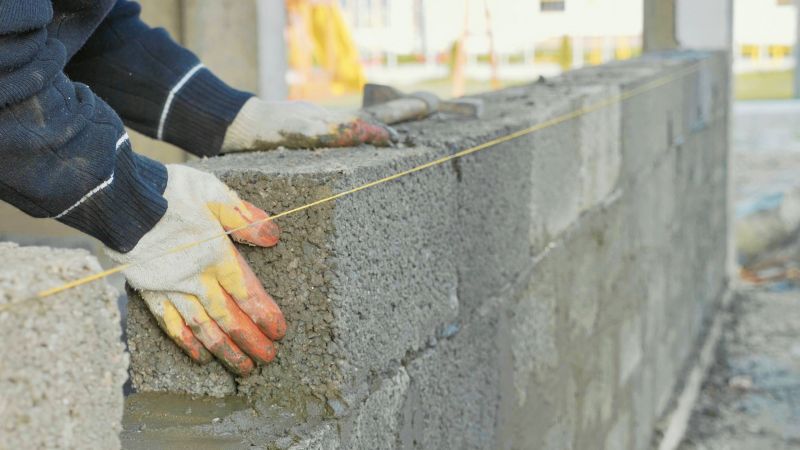
Completed stone masonry with proper curing.
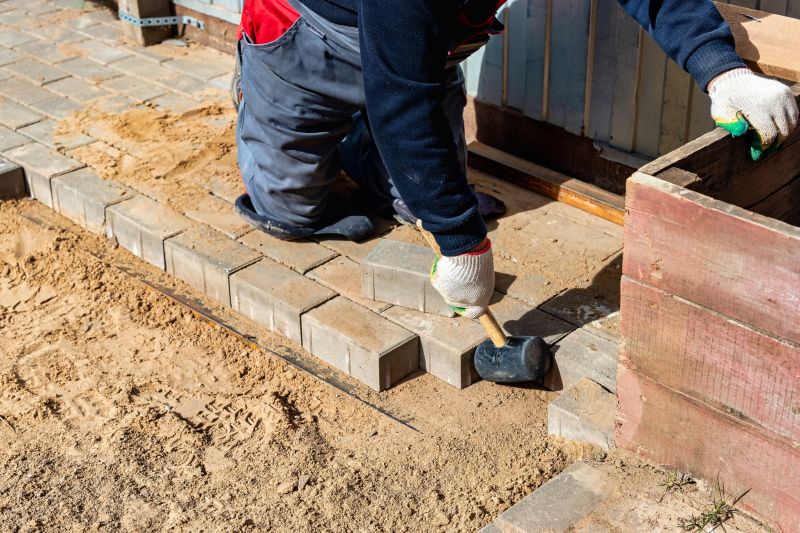
Scheduling masonry work based on seasonal weather patterns.
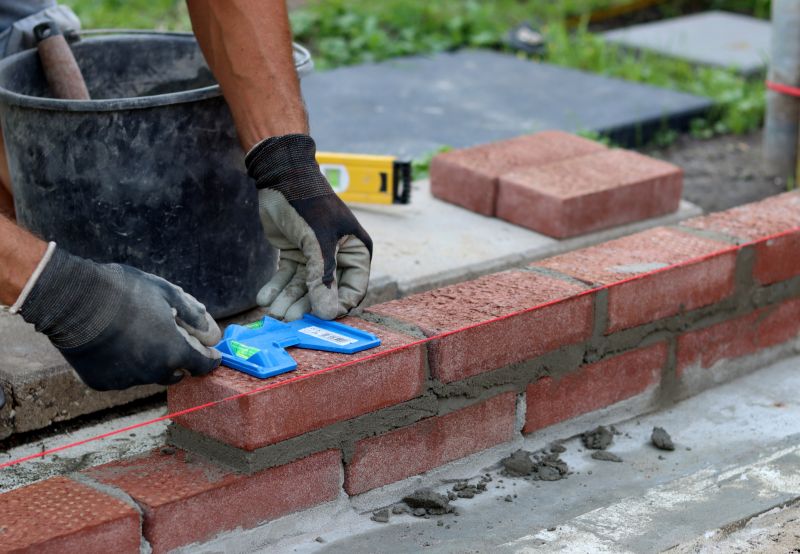
Equipment used for masonry installation in optimal conditions.
| Season | Best Conditions for Masonry Installation |
|---|---|
| Spring | Moderate temperatures, low humidity, ideal for curing. |
| Summer | Warm and dry, but precautions needed for heat. |
| Fall | Cooler temperatures with less rain, optimal for installation. |
| Winter | Cold temperatures hinder curing; special measures required. |
Choosing the right time for masonry installation can contribute to the durability and appearance of the finished structure. Proper planning around seasonal weather patterns ensures that materials set correctly and reduces the risk of future issues.

Workers installing masonry during suitable weather conditions.

A durable masonry structure built with optimal timing.
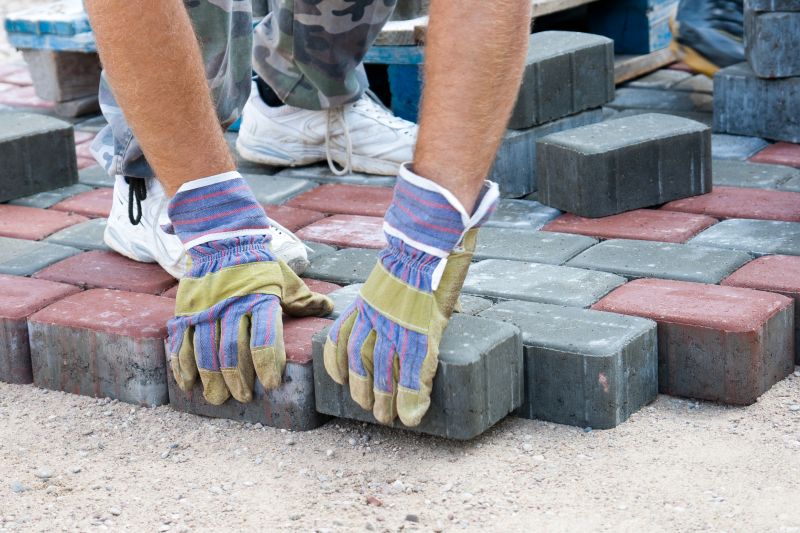
Scheduling masonry projects based on weather forecasts.
Interested parties are encouraged to contact for further information or to schedule masonry installation services at the most suitable time based on local climate conditions.



